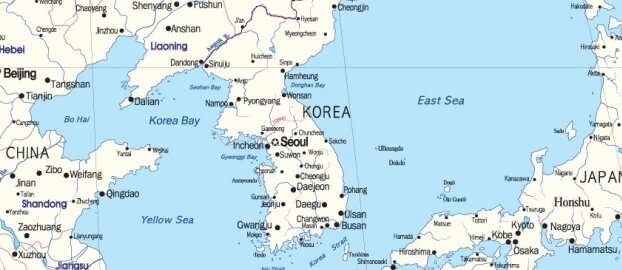An Information Based Strategy to Reduce North Korea’s Increasing Threat: Recommendations for ROK & U.S. Policy Makers
Commander Fredrick “Skip” Vincenzo, USN
EXECUTIVE SUMMARY
“Deterrence works, until it doesn’t.”—Sir Lawrence Freedman
The United States’ current approach to North Korea does not fundamentally resolve the risks of its belligerent behavior nor halt the development of its nuclear weapons and ballistic missiles. As these capabilities are improved, there is greater potential that Kim Jong-un, the leader of North Korea—
confident he can deter a regime-threatening reaction—will attempt a violent provocation to achieve political objectives but in doing so miscalculates and instead sparks a crisis which escalates disastrously. While the United States has contingency plans for a wide range of conflict scenarios, executing them would be extraordinarily costly—the military capabilities Pyongyang has now amassed would inflict catastrophic damage.
James Clapper, the U.S. Director of National Intelligence, has repeatedly warned that Pyongyang is “committed to developing a long-range, nuclear-armed missile that is capable of posing a direct threat to the United States…” and that “North Korea has already taken initial steps toward fielding
this system…”1 With such a capability, Kim is attempting force the international community to accommodate him to avoid conflict. However, he could underestimate U.S. resolve, which in turn would ignite conflict. If the Kim regime falls, a nuclear-armed, fragmented military could strike the
United States.












